PROTOTYPE 2020

solo show(due Alexander Pogorzhelsky) curated by Tatiana Martianova The participation of Maria and Alexander Pogorzhelsky in the (Proto)Type exhibition is no coincidence. The pieces by these two artists are noted for their original poignant intensity, their somewhat naïve understanding of reality, their return to the proto- type. The space of a painting, if we follow the concepts established by Walter Benjamin, even today allows the viewer to become enveloped directly by the aura of the depicted image, the symbol, the proto- type, the contemplation.Family relations (the artists are brother and sister) play a key role in helping us understand the noted process. The spiritual, in this case, can be observed in the figures of life, in existential sources, in rituals and rites, be they real or internal. Each piece reveals a symbolic connection of the actual reality with rit- ualized reality, quasi-ritualized reality, or the lyrical past. The contemplation and creation of an image is realized through prototypes. The artists, though significantly differing in aesthet- ics, are, in fact, engaged in journal-keeping, trace lines, re(unite) meanings and values, search for images in daily life, both real and made-up. We are continually living through a certain transi- tion from places to non-places, as French anthro- pologist Marc Augé suggested, returning from the non-places to the source, to “places of memory”. The vision of the artists, though seemingly superficial, is always directed to the “other side”. Comparing and uniting the real and the surreal. Searching for the present in the past. The physical, chemical connection between generations. That to which the French philosopher Henri Bergson referred to as énergie sprituelle. The spiritual energy uniting the two aesthetic lines in the creative efforts of Maria and Alexander Pogorzhelsky. Spiritual (pro)types. The artists as presented within the exhibition, direct the audience to the realm of the unconscious, to the memory of our ancestors through specific images: costume, mask – items that are practically fetishized. The radical Enlightement concept of beauty strewn with emotionality verging on the dramatic notwithstanding, another, inner beauty is revealed. It runs through our body but does not drain them of the elevated logic. It is beauty that underlines the prominence of Eros, love, and interest towards details in objects and people. Everyday life is even more mysterious than it had been suggested before our time. The exhibition is focused on life itself and its proto- typical elements, hic et nunc or aeternum. Certain paintings included in the exhibition are further “enlivened” through the use of music and sounds. This method of structuring the exposi- tion in accordance with the idea of hypertextual- ity will allow the audience to become “engulfed” by the paintings. The viewers will identify them- selves with the artworks and will experience them from “within”.
The audience will not find an analysis of contemporary existence inside the gallery. The viewers will directly participate in the very act of inevitably experiencing current live, whether real, supposed or mythological. Game. Life. Masks. History. Journey. Meaning. Re(con- nection). Proto(type). Alexander Pogorzhelsky presents a new series titled Folk embroidery motifs (canvas, oil, 2019, a series of 22 paintings) and the monumental installation Shadows of Forgotten Ancestors which includes120 drawings (paper, pencil, 2018–2019). Through the abstract “embroidered” transcendental images on canvases in Folk embroidery motifs, the artist invites us to understand imminent funda- mentals. It is no coincidence that pastel tones of orange and white dominate: in the theory of color, these shades are seen as energized both by life and death. Metaphysics. On the other hand, the instal- lation Shadows of Forgotten Ancestors functions in a very particular way and attains a completely distinct sacral meaning within the space of the GUM-Red-Line Gallery. Sketches of clothes as presented against the backdrop of Red Square in Moscow captivate the audience with time-honored historical traditions and revive the collective mem- ory of generations of people. Aeternum. Maria Pogorzhelskaya presents a new project – Private Zone (canvas, oil, 2007-2019, a series of 30 paintings). The series will be presented for the first time in complete form at the exhibition. Most of the paintings were created ad hoc in 2019, especially for the exhibition. Visitors will also see portraits of Natalia Vodianova which the artist painted in 2012 for Vogue. Private Zone occupies the space of individuality, immediacy, precise replication of a specific moment in a woman’s private life. Photographic memory and the use of “fleeting light” on surfaces – these are the main tools of the artist who works in the best traditions of “new realism”. Pieces in small format are deliberately and repeatedly used as studies for larger works, similar to the relationship between the negative and the final photo. A sort of “meta- morphosis of the étude” is displayed in a separate series of specific paintings that can be viewed at the exhibition. Hic et nunc. The Proto(type) exhibition allows us to understand the trend in contemporary art where spaces are set in between Eastern and Western art – the discov- ery of objectively different yet logically consistent approaches to art. The narrative of the exhibition is not linked to the stylistic flourishes and characteristic forms that can be discovered in the works by the Pogorzhel- skys; it rather touches upon the “tangent lines” that are present in similar visual art practices and the delicate use of color displayed by both artists. The energy of two-dimensional bodies on a flat background. Masks. These are the elements that transport the viewer through history to the origins and unique- ness. The masks appear both in the folk/ceremonial clothes of our ancestors and timeless abstract mythological images (Alexander Pogorzhelsky), as well as the everyday self-care routines of women and precise portraits (frequently self-portrait) at a concrete moment in time, the “here and now” reality (Maria Pogorzhelskaya). The search for identity in the past and expression of essential truths through the real and commonplace. The sacralization of both historical and individual memory.The connotations of time are interpreted by both artists through the concept of memory, through deliberate disapproval of the proliferation of “non- places” in contemporary society, as described in the anthropology of “supermodernity” by Augé and presentedinsocialspaces.“Aspacewhichcannot be defined as relational, or historical, or concerned with identity will be a non-place… Supermodernity produces non-places or, in other words, spaces which are not themselves anthropological places and which unlike Baudelairian modernity, do not integrate the earlier places,…‘places of memory’”*. The presented curated project is an attempt to guide the viewer to perceive the exhibition space as a “place of memory” through an intuitive (as Bergson understood it to be) recreation of reality via the concept of a prototype. Only intuition as a direct experience of an artwork can penetrate the latter’s intimate essence**.Thus, we attain an “emotional and intuitive” under- standing of reality, be it true reality or supposed reality, through the presented artworks. Text by Tatiana Martyanova
-
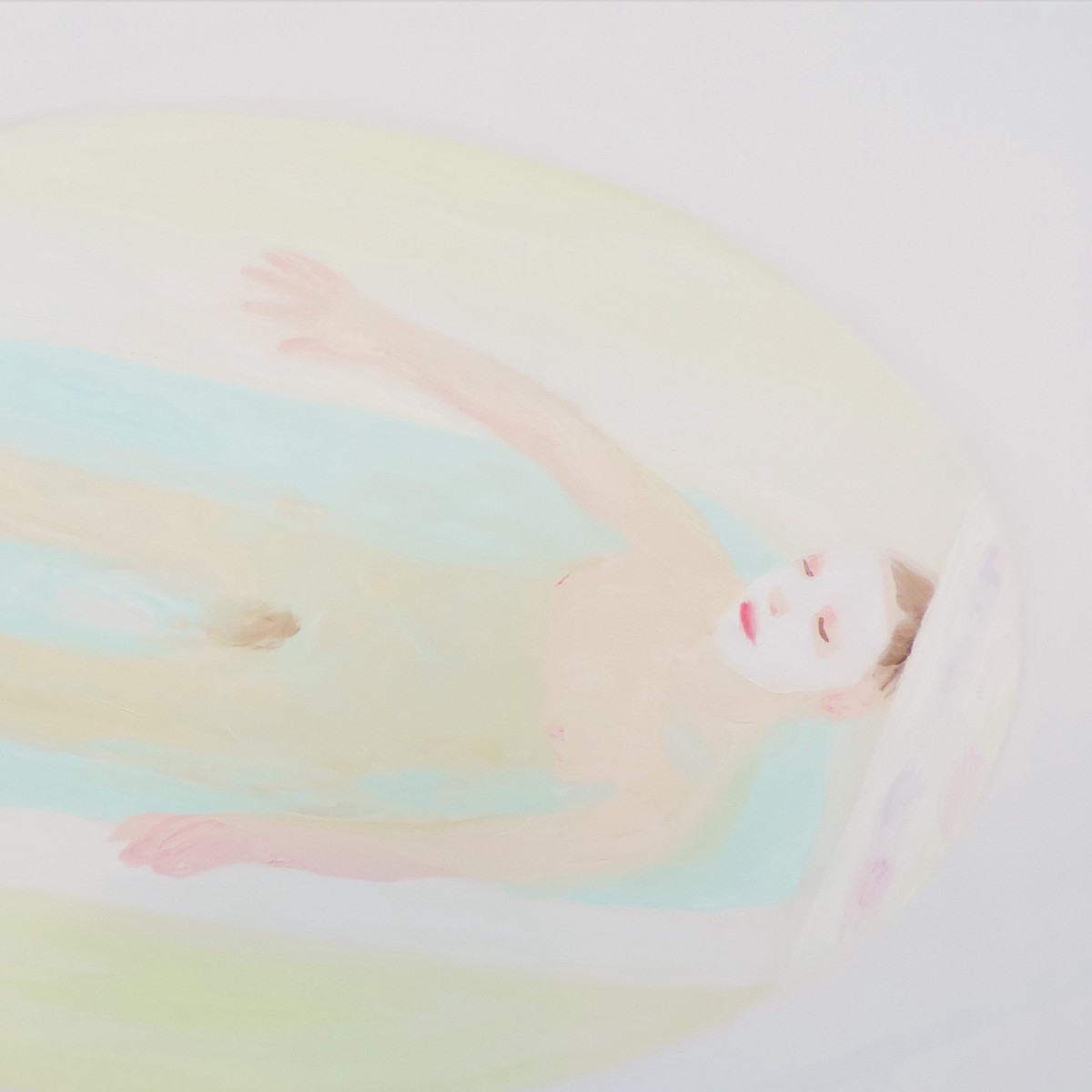 Big Bath with White Mask,130x180 cm,oil on canvas,2019
Big Bath with White Mask,130x180 cm,oil on canvas,2019
-
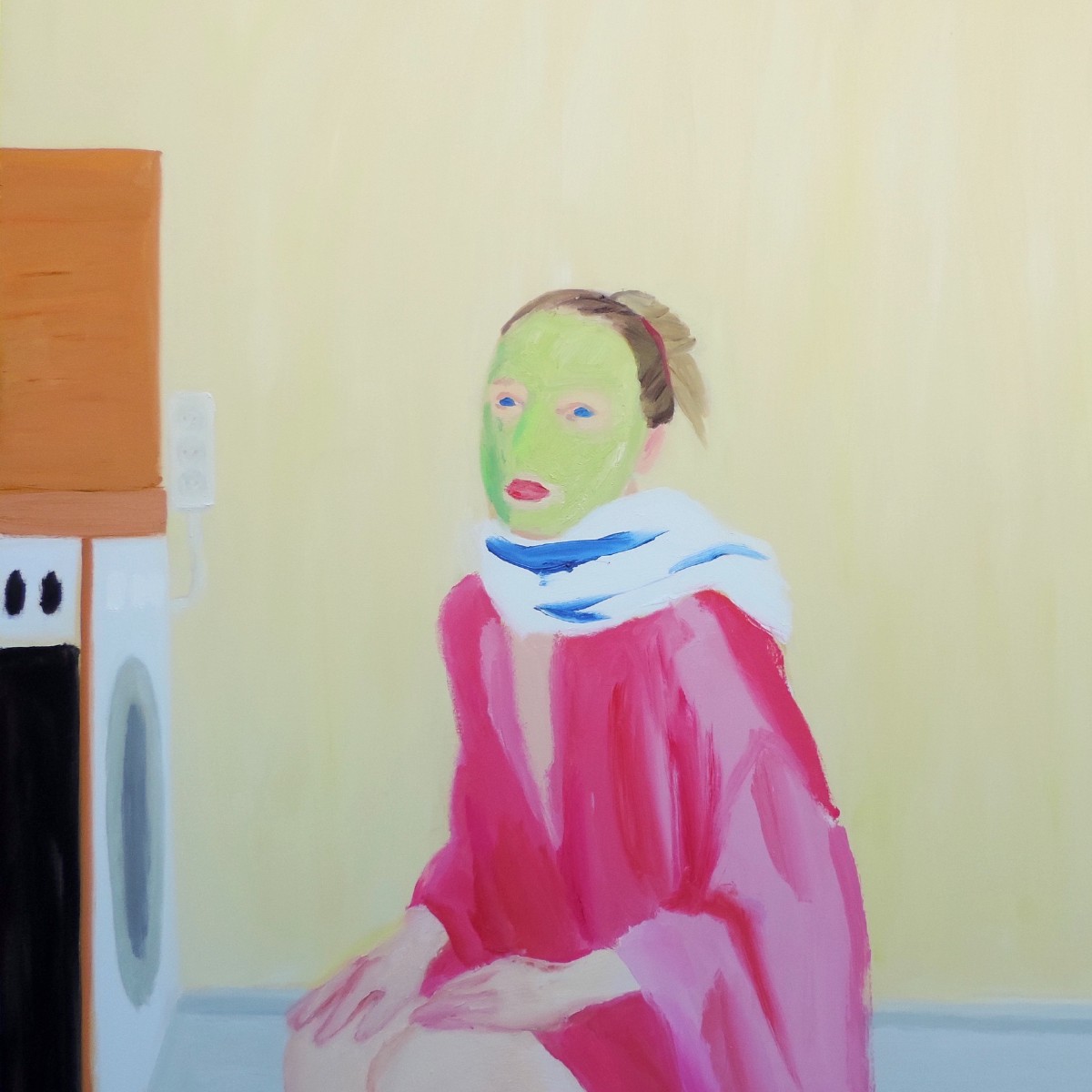 Big Green Mask,150x150 cm,oil on canvas,2019
Big Green Mask,150x150 cm,oil on canvas,2019
-
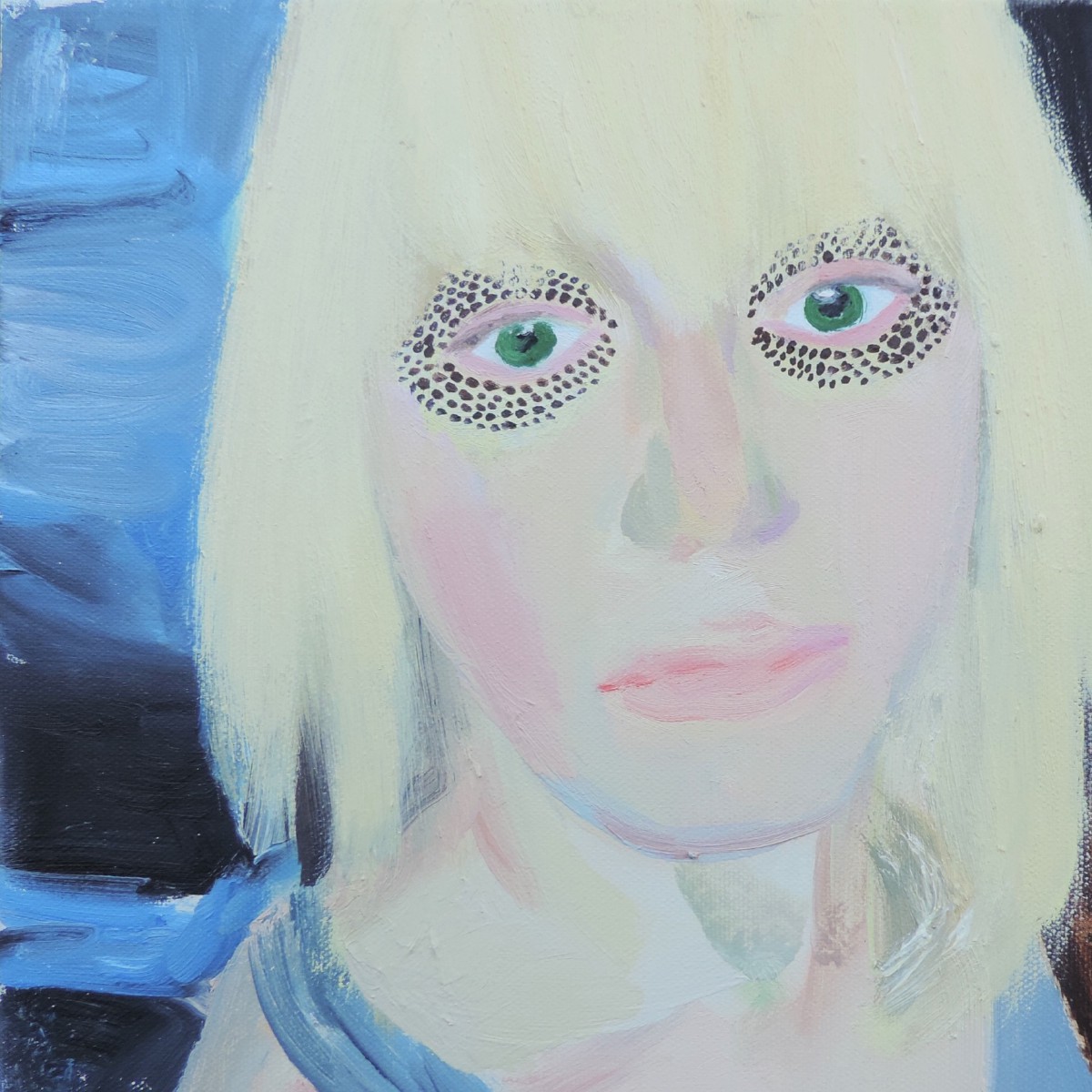 Eyes of Artist,30x30 cm,oil on canvas,2019
Eyes of Artist,30x30 cm,oil on canvas,2019
-
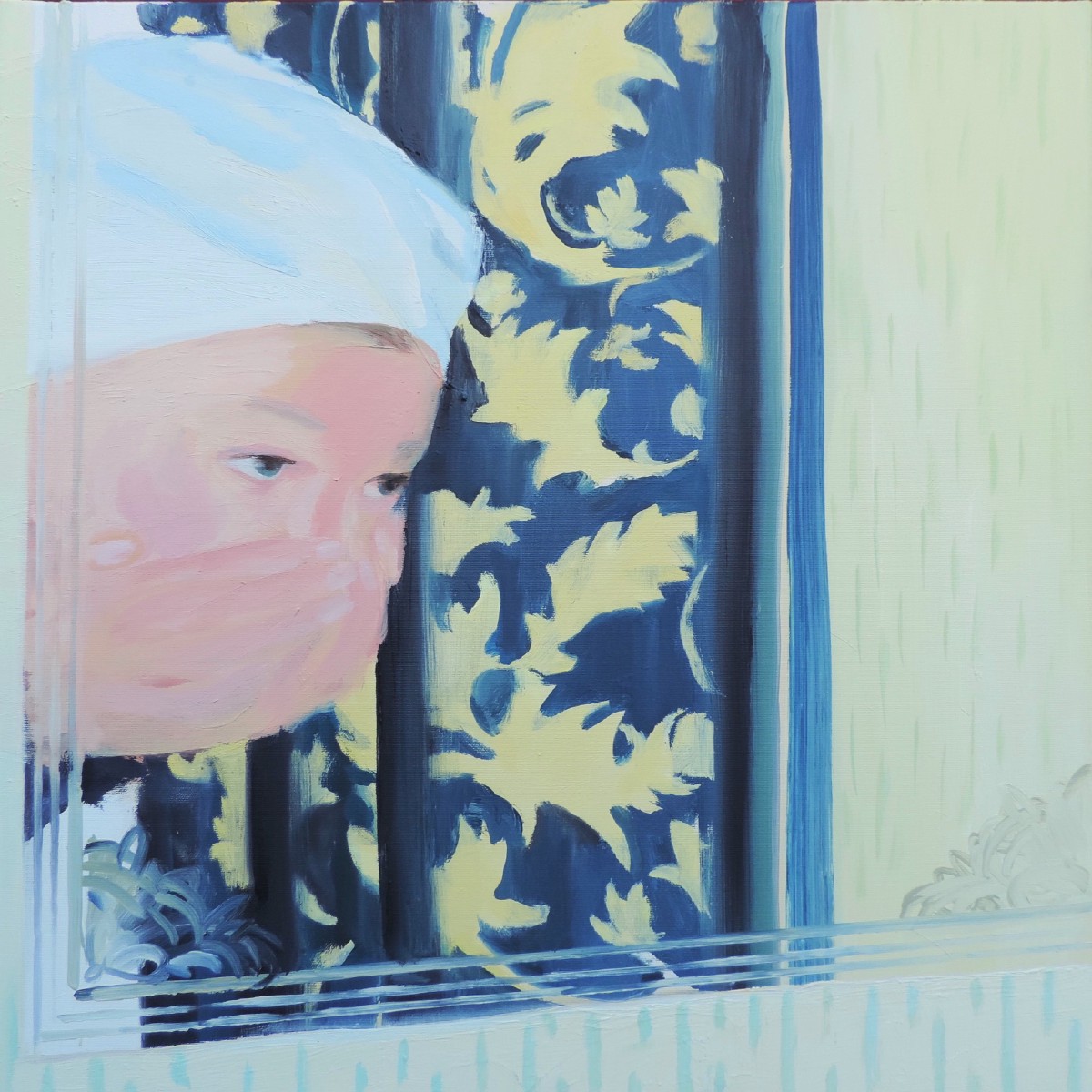 Hotel Morning,70x70 cm,oil on canvas,2019
Hotel Morning,70x70 cm,oil on canvas,2019
-
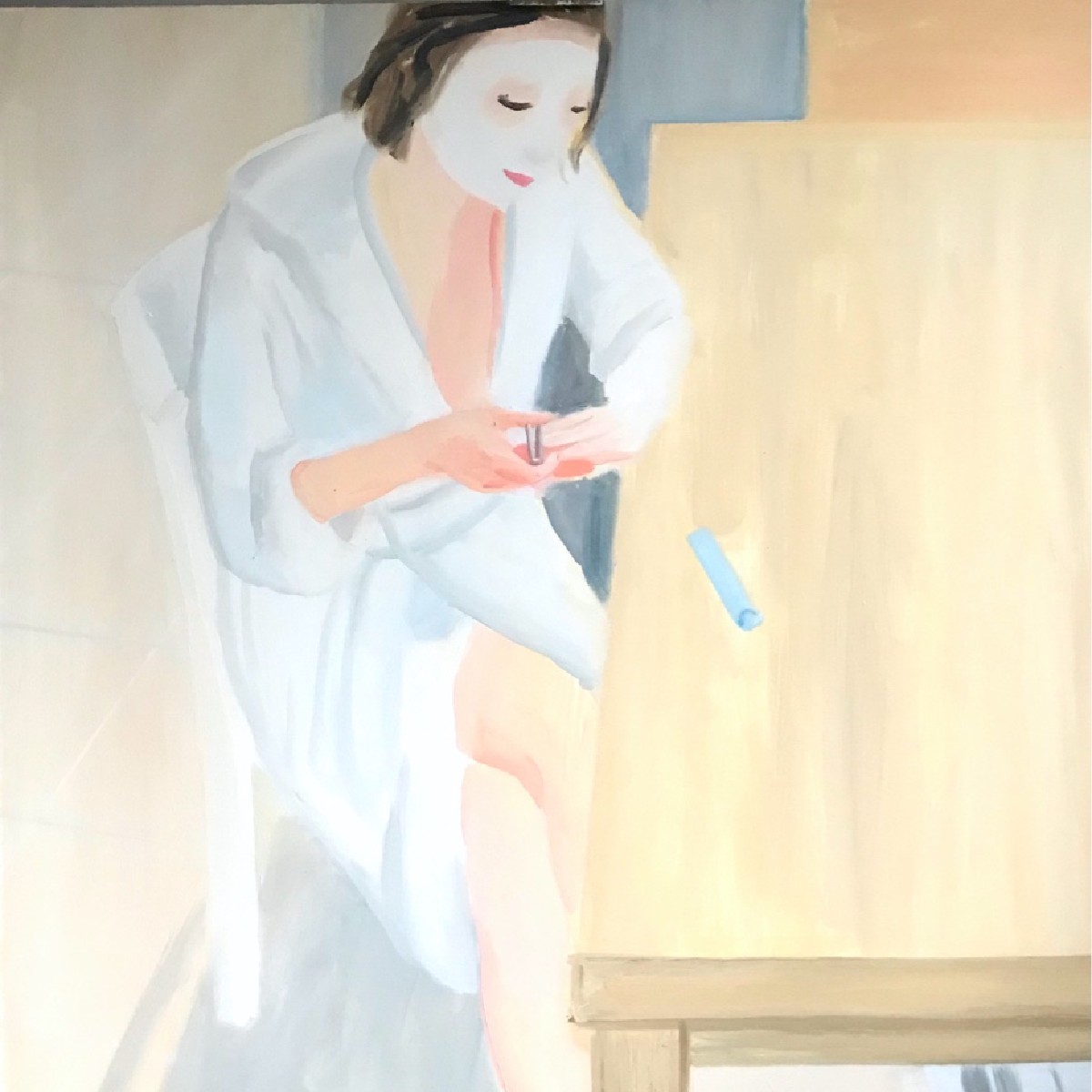 Morning in White,150x150 cm,oil on canvas,2019
Morning in White,150x150 cm,oil on canvas,2019
-
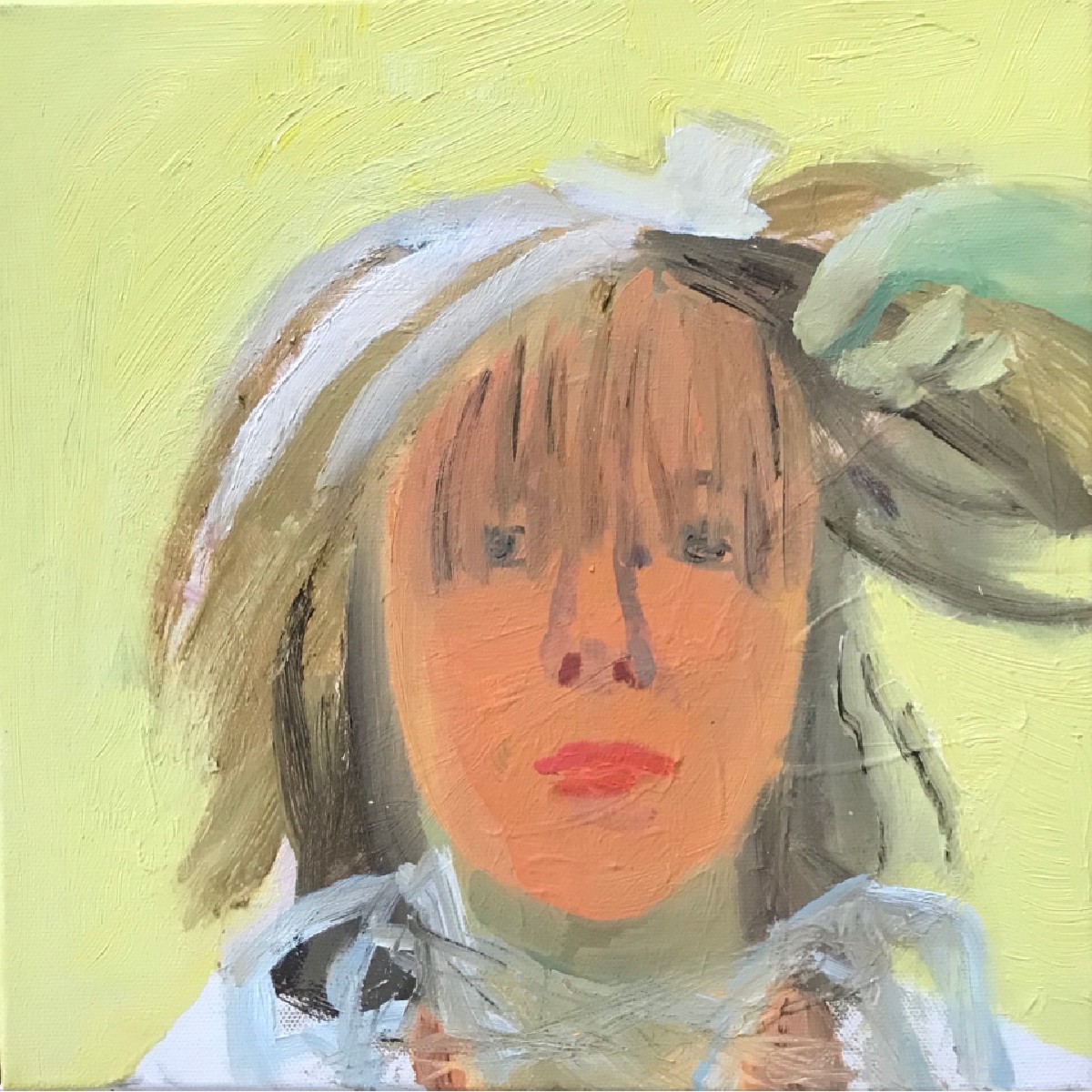 New hair,30x30 cm,oil on canvas,2018
New hair,30x30 cm,oil on canvas,2018
-
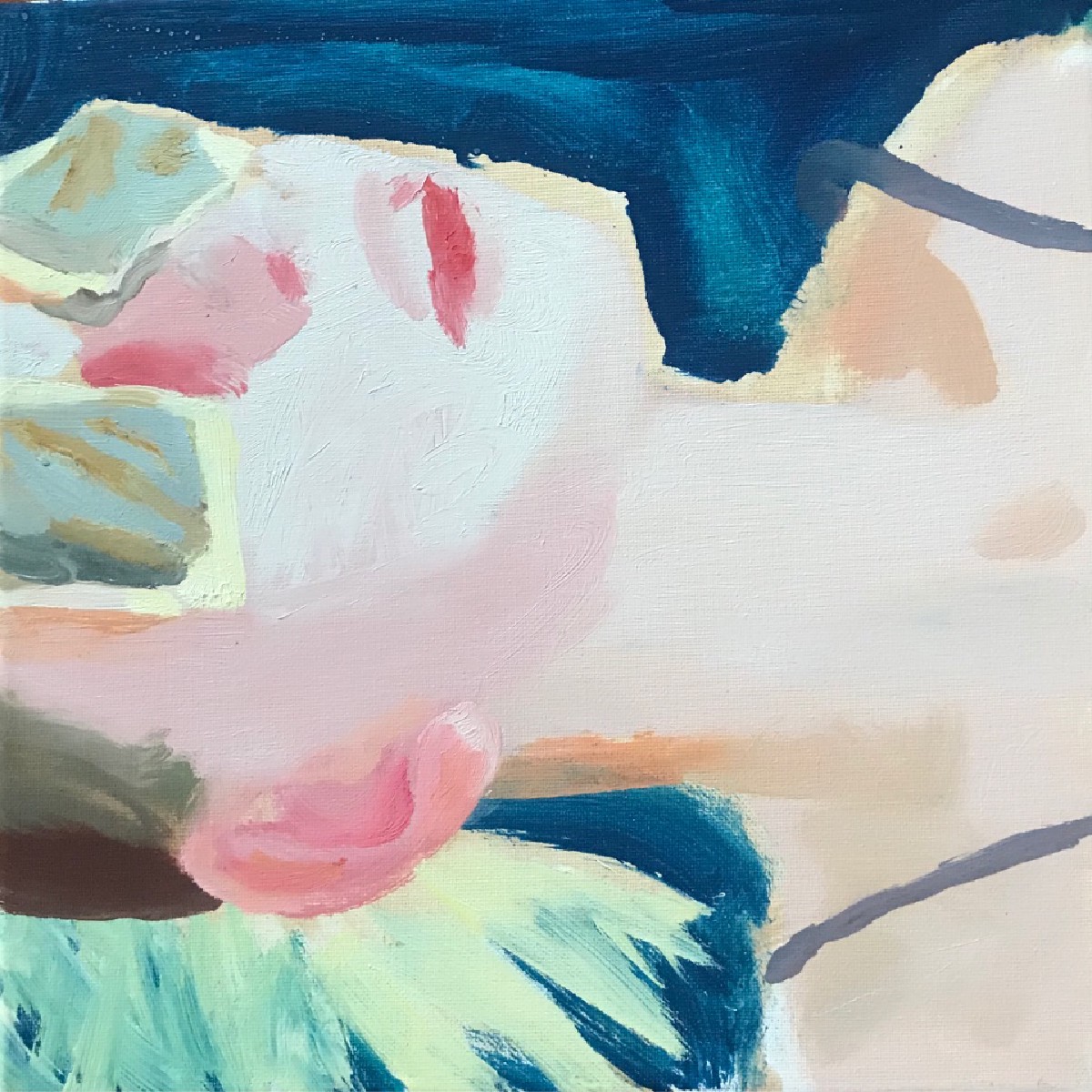 Tea Bags,30x30 cm,oil n canvas,2018
Tea Bags,30x30 cm,oil n canvas,2018
-
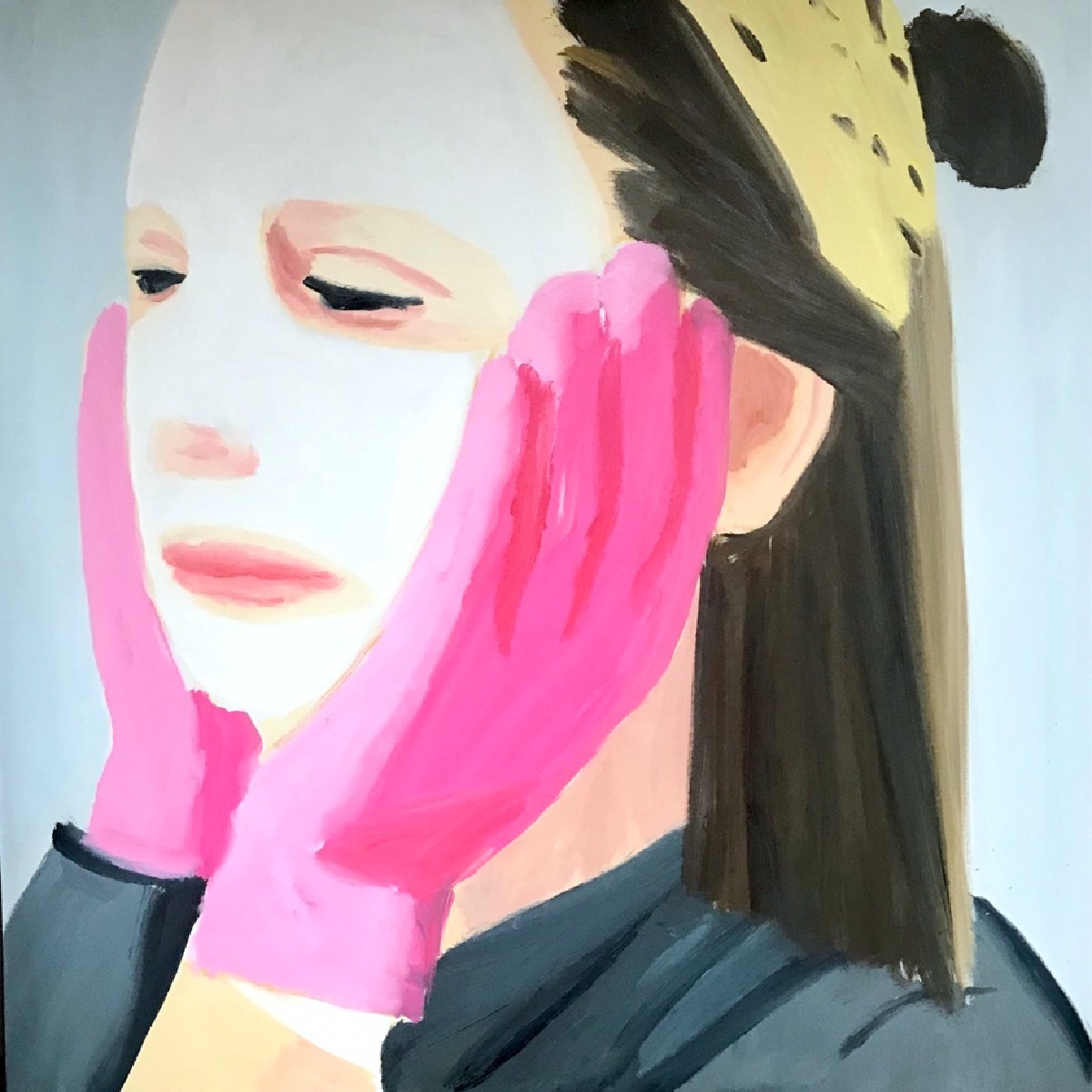 White Mask with Pink gloves,150x150 cm,oil on canvas,2019
White Mask with Pink gloves,150x150 cm,oil on canvas,2019
-
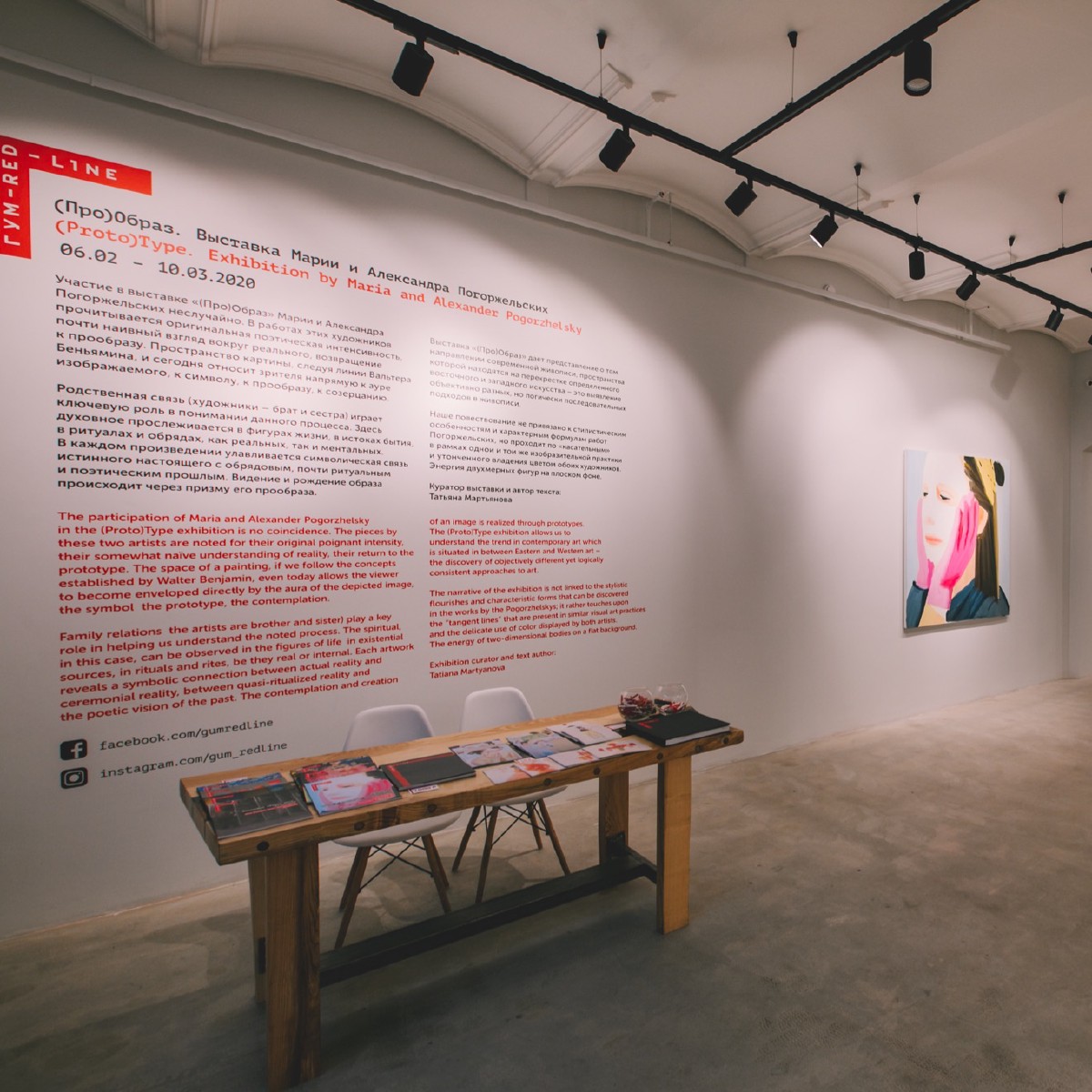 view1
view1
-
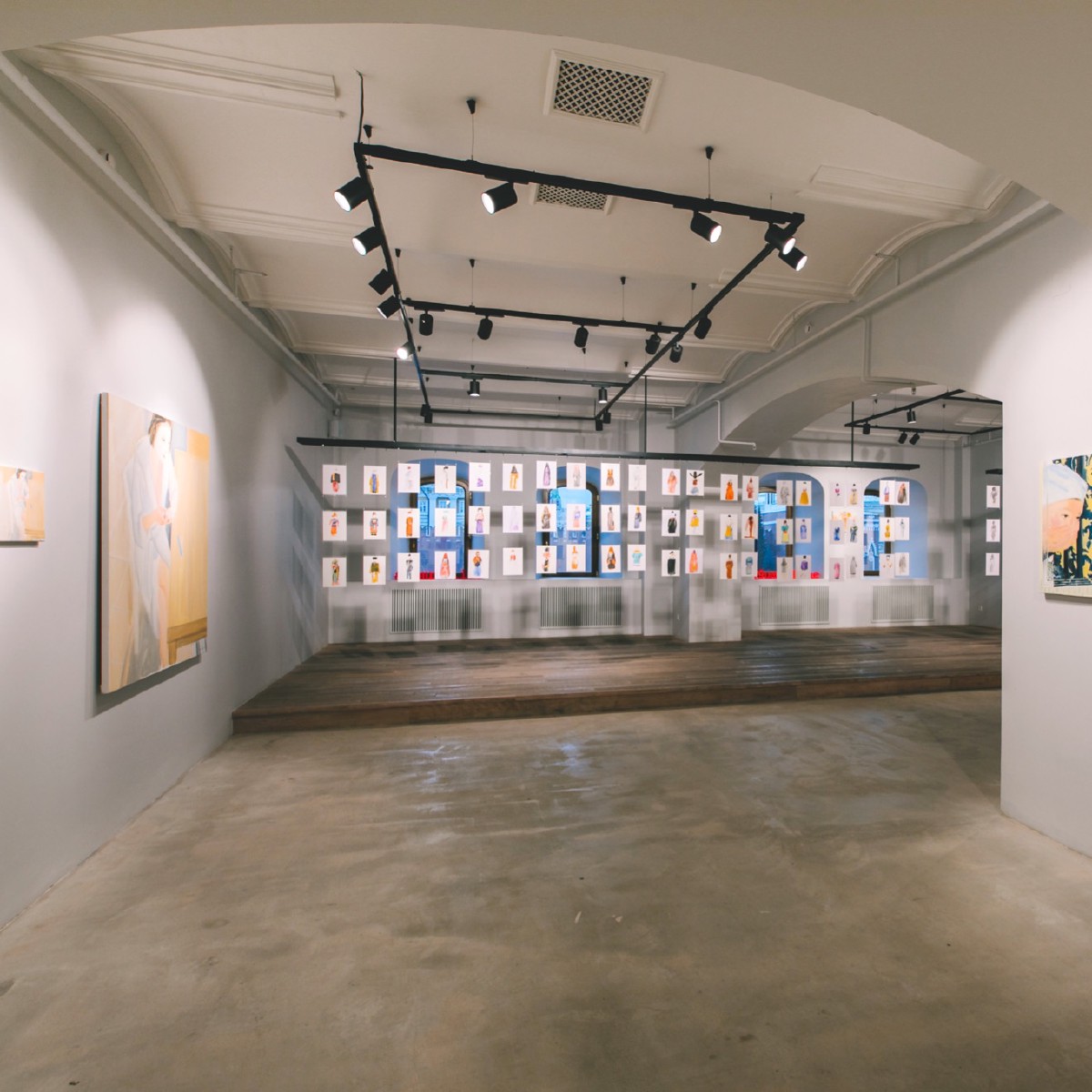 view2
view2